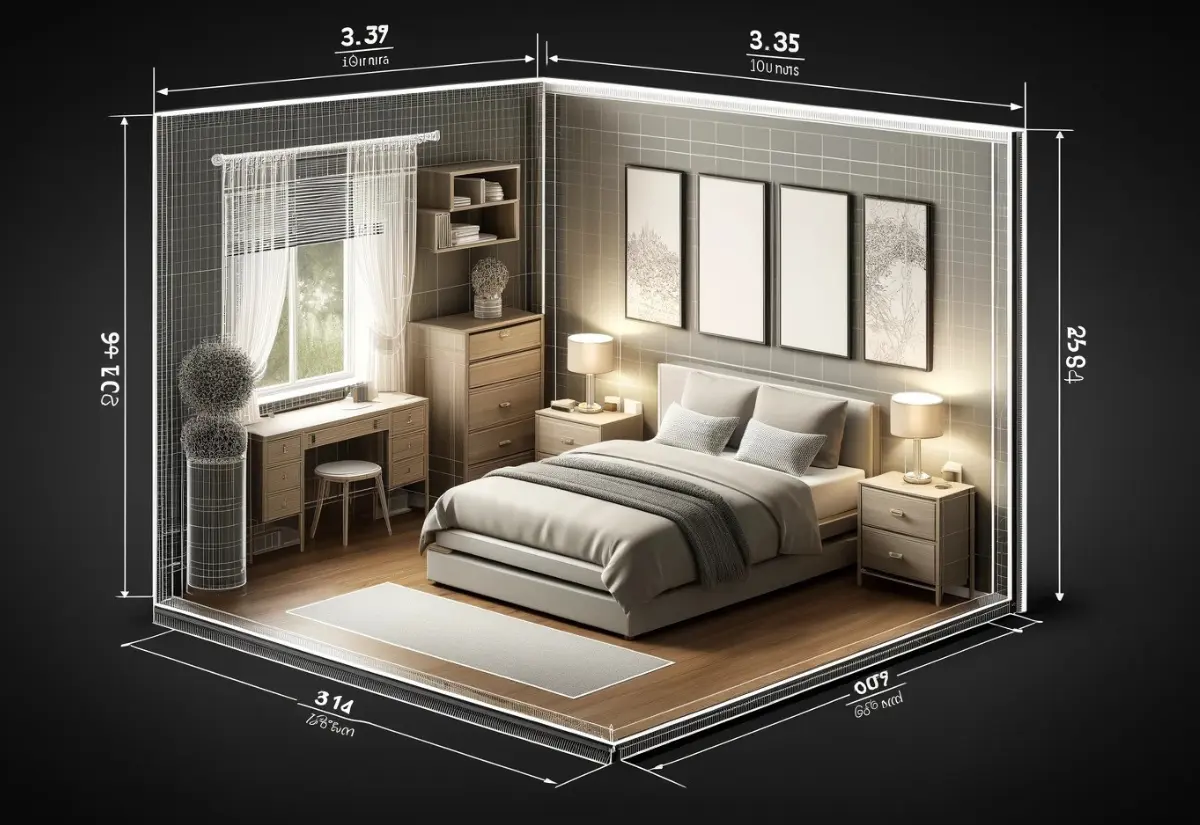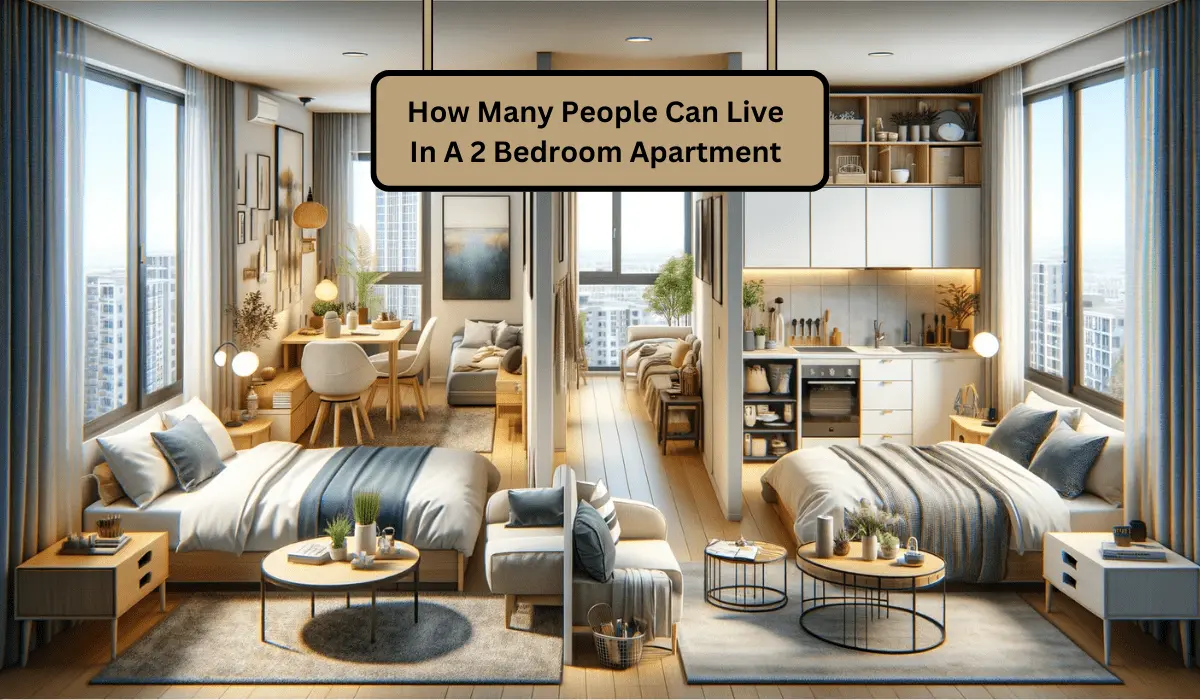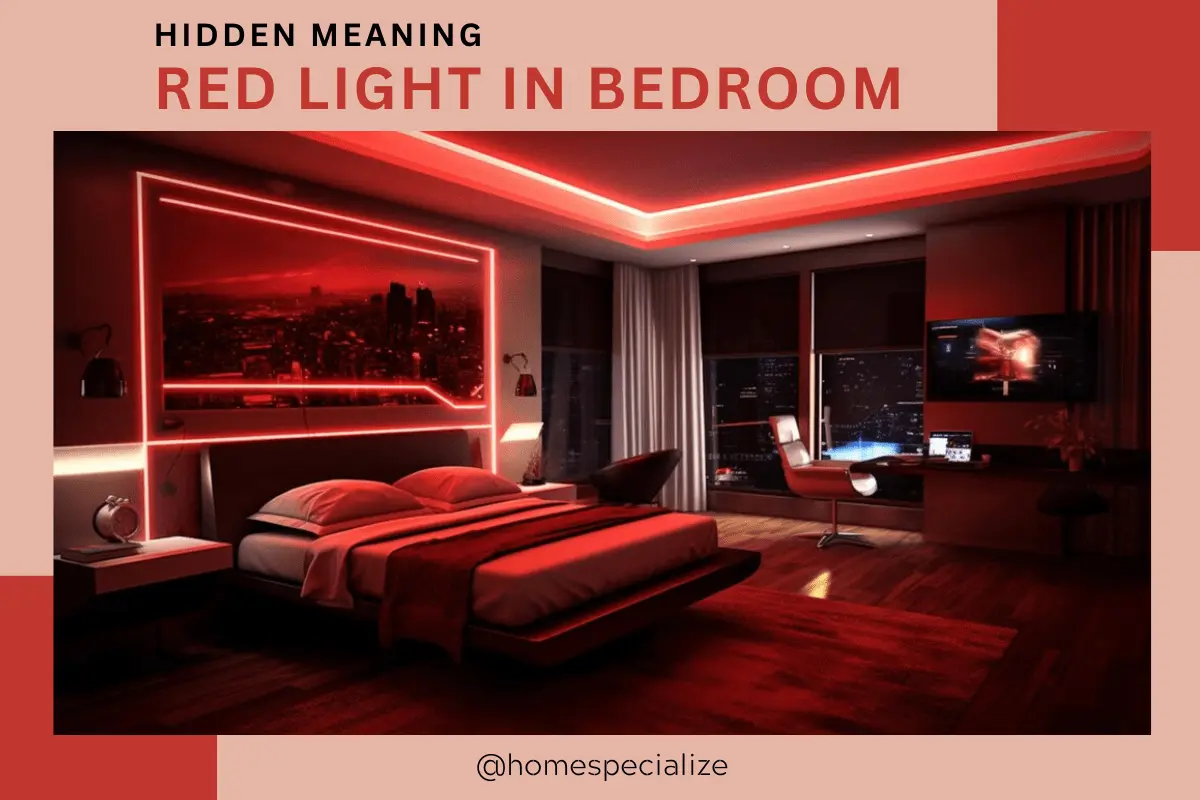When planning a home design, the size and layout of bedrooms play a crucial role. Average bedroom sizes vary, but they must cater to the needs of homeowners and designers. Bedrooms are key spaces that should be both functional and appealing.
Guide to Bedroom Sizes: Aspects and Comparisons
This guide explores several aspects of bedroom sizes including comparisons by country, how sizes impact a lifestyle, and home value. Different countries have different legal standards for bedroom size. These standards affect how we design our homes and ultimately how we live.
Impact of Bedroom Size on Functionality and Home Value
The size of a bedroom can significantly affect its functionality. A small bedroom requires optimizing every inch for maximum utility, while a large bedroom allows for more creative design tips. The size of your bedroom can also play a crucial role in determining your home value.
Personal Experience in Optimizing Bedroom Spaces
From my own experience, optimizing bedroom spaces can make a big difference. I’ve used various design tips to make small bedrooms more functional. Simple changes like the right furniture layout and smart storage solutions can transform a cramped space into a cozy retreat.
Understanding Bedroom Sizes
Bedroom sizes in a home are essential spaces for rest and relaxation. These sizes can vary significantly due to many factors such as location, type of house, and the building’s age. In larger homes, you often find larger bedrooms, and the overall layout and space utilization can significantly influence the bedroom size.
Average Bedroom Sizes by Country
Globally, bedroom sizes can vary dramatically. These variations are often influenced by cultural preferences and local real estate markets. For instance, in the United States, bedrooms tend to be larger, generally reflecting larger home sizes. In contrast, in countries like Japan, where space is at a premium, homes often feature smaller bedrooms. This section explores the variations that exist and the factors that contribute to them.
United States
In American homes, master bedrooms typically measure around 224 square feet, reflecting a preference for spacious bedrooms in larger homes. The Standard for guest bedrooms is slightly smaller, averaging between 132 to 144 square feet.
Japan
With limited space, Japanese bedrooms are considerably smaller, making efficient use of every square foot a critical aspect of Japanese home design.
European Countries
In Europe, the size varies significantly from country to country. For example, bedrooms in newer UK homes are generally smaller than those in the U.S., often due to historical building styles and urban density.
How Much Should I Spend On Bedroom Furniture? Price Of Comfort.
Standard Bedroom Sizes in New Constructions
In new constructions, modern trends and building regulations often dictate the bedroom sizes. Master bedrooms in new homes typically range from 200 to 350 square feet. However, children’s and guest bedrooms are generally smaller, reflecting a streamlined approach to space allocation that caters to differing needs and functions within the home.
Bedroom Size and Home Value
The size of a bedroom can significantly impact the resale value of a home. Larger bedrooms are a desirable feature for home buyers, influencing their purchasing decisions. This section discusses how different bedroom sizes can affect the marketability and value of a home. Bigger bedrooms often allow for more luxurious and versatile designs, making them more attractive to potential buyers.
How To Decorate A Long Rectangular Bedroom? From Drab To Fab!
Optimizing Small Bedrooms
Maximizing space in small bedrooms requires clever design and thoughtful furniture choices. Strategies for making the most of these spaces include using multifunctional furniture, choosing appropriate colors, and arranging items to enhance the perception of space. These techniques can make small bedrooms appear larger and more inviting, turning a potential drawback into a charming feature. By effectively utilizing the available space, small bedrooms can be transformed into efficient and aesthetically pleasing environments.
Design Ideas for Large Bedrooms
With large bedrooms, there’s a greater opportunity for creative design. This section provides tips on how to utilize the extra space effectively. Incorporating elements such as sitting areas, large wardrobes, and workout spaces can enhance both aesthetics and functionality. These features allow for a more versatile living space that can adapt to various needs and preferences, making the bedroom not just a place for sleep but also a personal retreat.
Impact of Bedroom Size on Lifestyle
The size of a bedroom can greatly influence your daily lifestyle and well-being. Larger bedrooms often provide a more relaxing and luxurious living environment. On the other hand, smaller bedrooms pose a challenge to homeowners, who must be innovative in finding space-saving solutions that maximize the utility and comfort of smaller areas.
Legal Considerations and Building Codes
Bedroom sizes are subject to local building codes, which set minimum size requirements to ensure safety and functionality. This part of the guide reviews common legal standards across different regions, helping readers understand the regulatory landscape. Knowing these regulations is crucial for anyone planning to build or remodel a home to ensure compliance and avoid legal issues.
Future Trends in Bedroom Sizes
Looking ahead, bedroom sizes are expected to continue to grow as people increasingly value spacious, multifunctional living areas. This section speculates on future trends and innovations in home design that may allow for larger bedrooms, potentially expanding the overall footprint of homes. As lifestyles evolve and families seek more versatile spaces, the design of bedrooms will likely adapt to meet these changing needs.
Conclusion
Understanding average bedroom sizes, knowing the dimensions, and comprehending the impact of these dimensions on home functionality, comfort, and value are key to designing a new home or modifying an existing one. Considering bedroom size can lead to better design choices, resulting in a more comfortable, effective living environment.
Rules For Occupancy: How Many People Can Live In A 2 Bedroom Apartment?
Frequently Asked Questions
Is a 12×12 Bedroom Considered Small?
A 12×12 bedroom, measuring 144 square feet, is typically considered adequate rather than small. It can fit basic furnishings and offers a lower threshold of comfort for couples. While not overly spacious, it meets the needs for most individual or dual occupancy without feeling cramped.
What is Considered a Small Bedroom?
A small bedroom is generally defined as being under 100 square feet. Such a room often lacks sufficient space for basic furniture like a full-size bed, dresser, and desk without feeling crowded.
How Does Bedroom Size Impact Furniture Choice?
The size of a bedroom significantly impacts furniture choice. It dictates the scale and amount of furniture one can comfortably accommodate without the space feeling cramped. Larger bedrooms can handle bigger or more pieces of furniture, while smaller rooms require more thoughtful, space-efficient choices.
What is the Legal Minimum Size for a Bedroom?
The legal minimum size for a bedroom in most places is 70 square feet, although this can vary by location. This standard ensures that even the smallest bedrooms are functional and safe according to building codes and regulations.
Need for more information about Living Room so visit our website for more home related information Home Specialize





